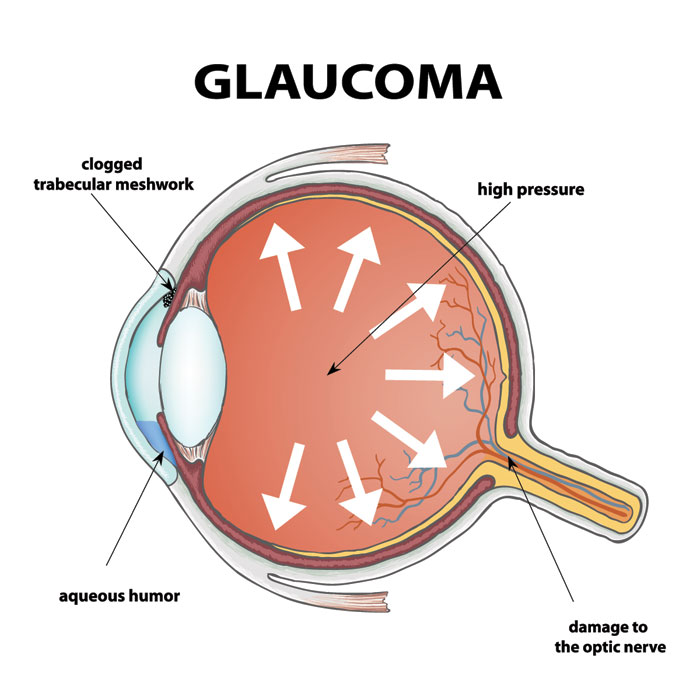Is Glaucoma Painful?
Glaucoma is a serious eye condition that can lead to vision loss if left untreated. One common question patients ask is whether glaucoma causes pain. Understanding the symptoms and knowing when pain is a warning sign can help prevent severe complications.
Understanding Glaucoma and Eye Pressure
Glaucoma damages the optic nerve, often due to increased pressure inside the eye. There are two main types:
Open-angle glaucoma – The most common form, developing slowly and usually without early warning signs.
Angle-closure glaucoma – Less common but more severe, often leading to sudden symptoms that require emergency care.
Is Glaucoma Painful?
For most people with open-angle glaucoma, pain is not a common symptom. This type often progresses silently, which is why it is called the “sneak thief of sight.” Vision changes may go unnoticed until significant damage has occurred.
However, angle-closure glaucoma can be extremely painful. Symptoms of this type may include:
Sudden, severe eye pain
Headaches that worsen quickly
Blurred vision
Seeing halos or colored rings around lights
Nausea or vomiting
If you experience these symptoms, seek immediate medical attention. Angle-closure glaucoma is an emergency and can lead to permanent vision loss if not treated promptly.
Other Common Symptoms of Glaucoma
Even if pain is absent, glaucoma can still cause other symptoms over time, such as:
Gradual loss of peripheral vision
Tunnel vision in advanced stages
Difficulty seeing in dim light or at night
These changes often develop slowly, making regular eye exams essential for early detection.
Managing Glaucoma-Related Pain
If you experience pain due to angle-closure glaucoma or other eye issues, prompt treatment is critical. Doctors may recommend medications, laser therapy, or surgical procedures to reduce eye pressure and prevent further damage.
For mild eye strain or discomfort related to glaucoma treatment or everyday activities, consider these tips:
Take breaks from screens to rest your eyes
Ensure proper lighting while reading or working
Stay hydrated and maintain a balanced diet for eye health
Conclusion
While most cases of open-angle glaucoma are painless, severe pain can indicate angle-closure glaucoma, which is a medical emergency. Regular eye check-ups remain the best way to catch glaucoma early, avoid complications, and protect your vision. If you notice sudden pain or vision changes, seek medical attention immediately.




